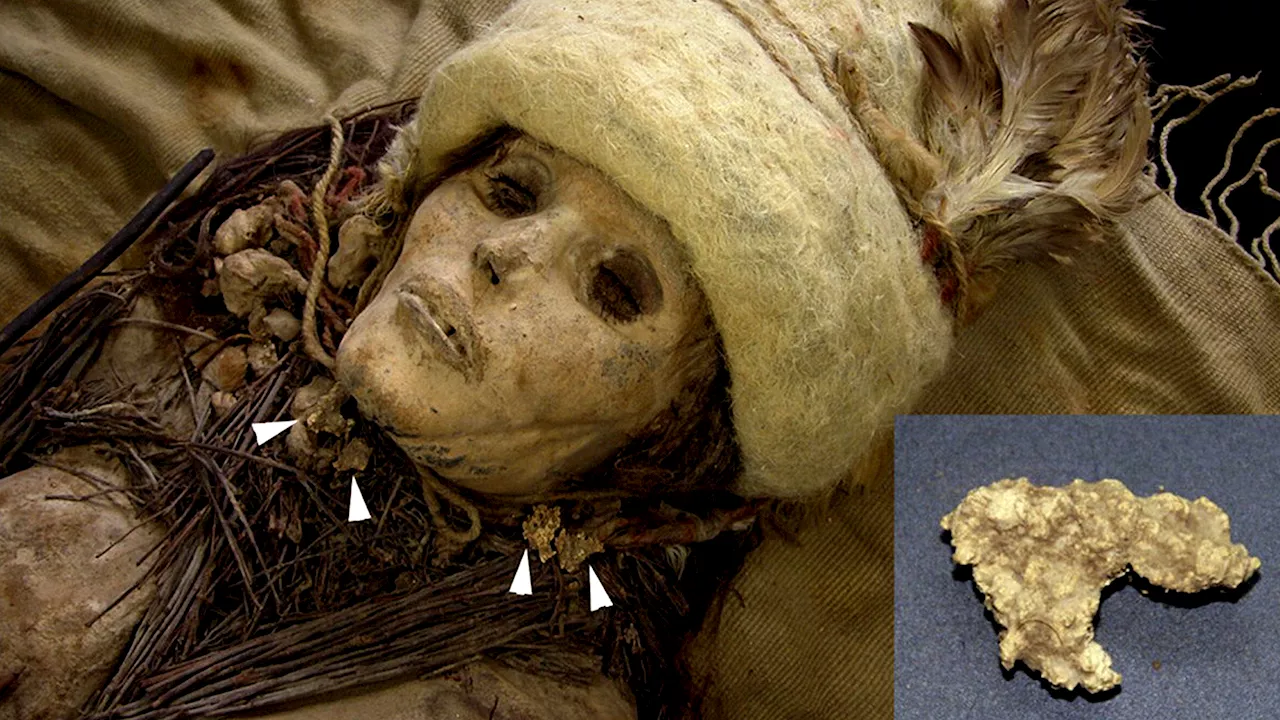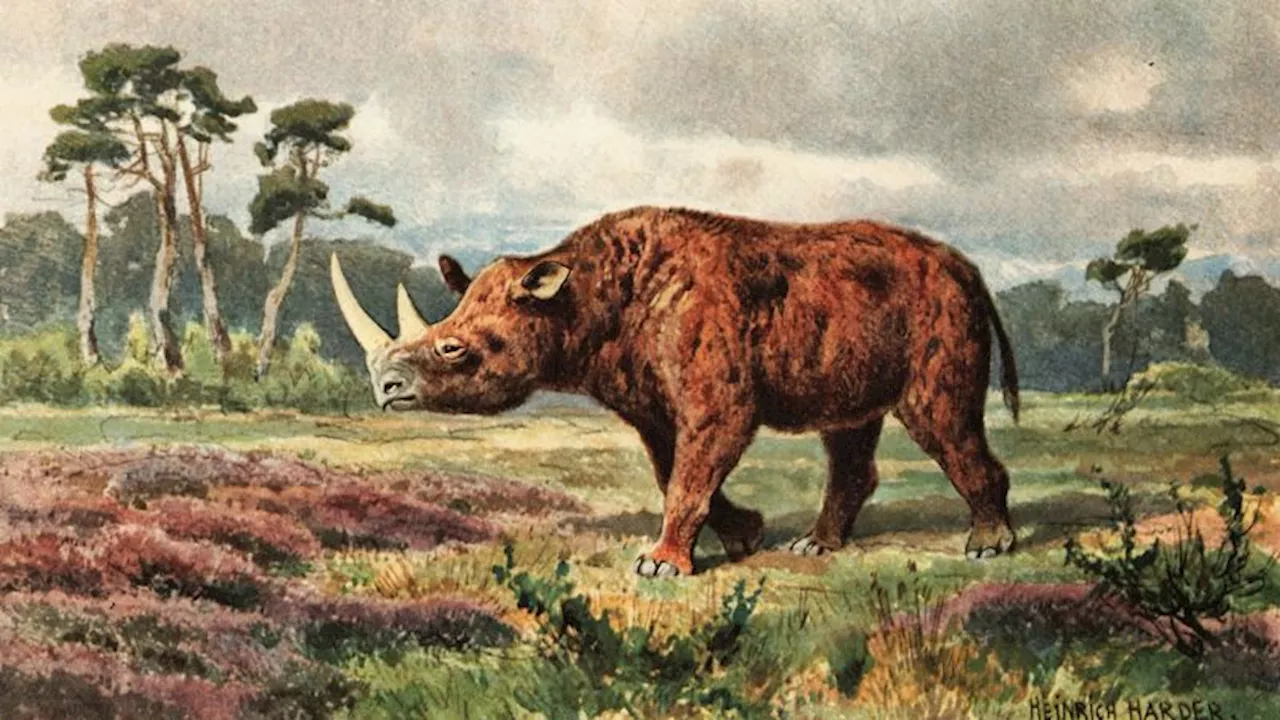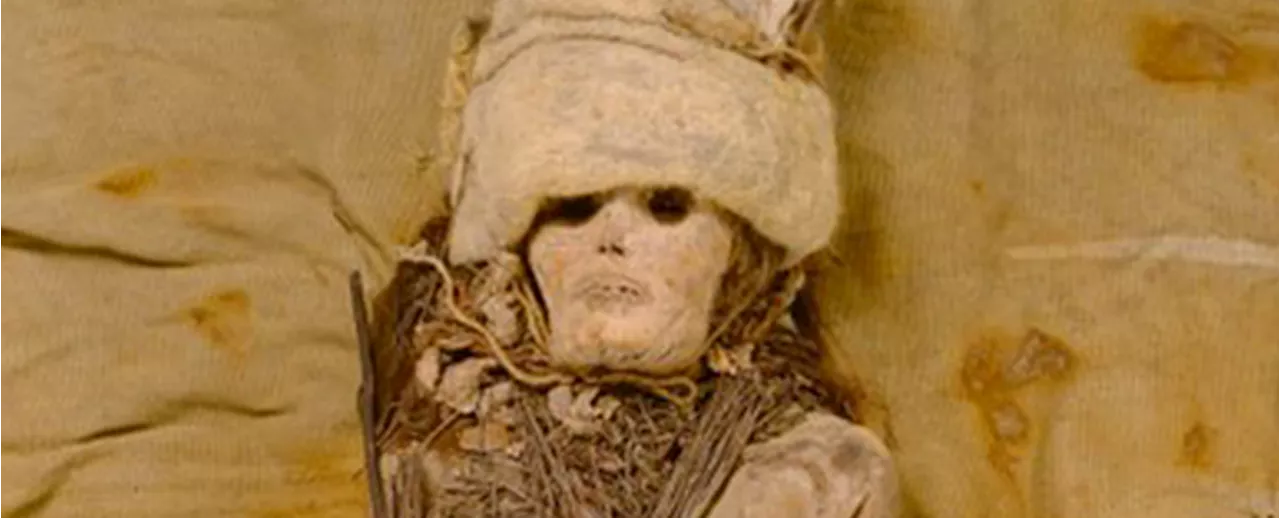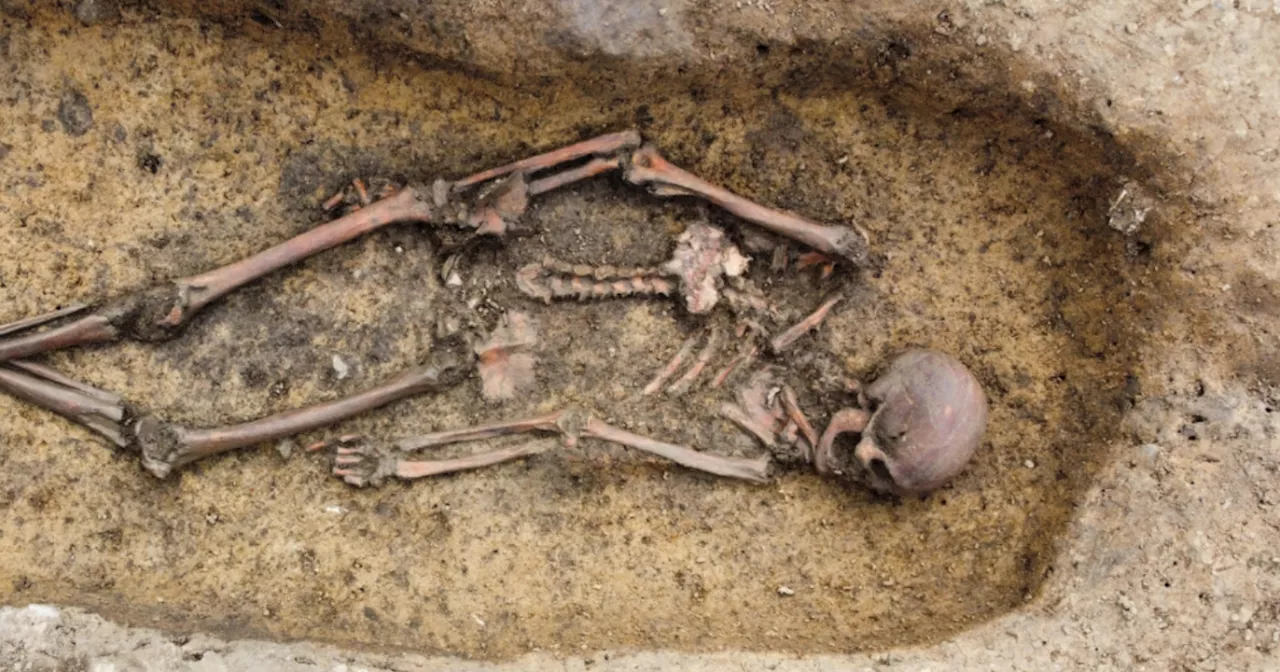Not all winged dinosaurs were necessarily capable of full flight, but this anatomical feature may have enabled them to travel further by flapping or gliding
Tiny tracks in South Korea symbolise a moment 120 million years ago when a dinosaur took advantage of its wings to cover ground in large leaps – the oldest track evidence of wing-assisted movement in these extinct
Whether the creature, which was a raptor and not part of the lineage that led to birds, took full flight is uncertain. But the tracks support previous ideas that aerodynamics evolved multiple times across prehistoric lines, says“It’s pretty rare to find these kinds of tracks, and then to find them in an animal that’s not even a bird – that’s pretty special,” he says.
Velociraptors and other raptors are the ancestors of modern birds, but their lineage split into avian and non-avian, or “paravian”, lines about 170 million years ago. Despite having feathers and wings, paravian dinosaurs generally seemed to lack the wingspan needed to offset their body weight, says team member, or at least glide, before full flight evolved in birds, based on muscles in their upper bodies.
Further calculations and comparisons with fossil anatomy suggested he was right: the animal could not have made that stride with its legs alone. It was clearly flapping or gliding, possibly while launching or landing, says Pittman. “I think the vast majority of feathered dinosaurs were probably doing what this guy was doing – using the wings to augment running, jumping, braking and turning,” says Pittman.at the French National Museum of Natural History in Paris. “It’s not a matter of, ‘you don’t have it’ and then ‘you have it’. We really have to zoom out a little further to see how some characteristics evolved in their own path, without becoming a bird.
United States Latest News, United States Headlines
Similar News:You can also read news stories similar to this one that we have collected from other news sources.
 A look at the cache of Sonics' memorabilia being preserved at Seattle museumYes, the Sonics history stayed in Seattle.
A look at the cache of Sonics' memorabilia being preserved at Seattle museumYes, the Sonics history stayed in Seattle.
Read more »
 World’s oldest preserved cheese found in necklaces on mummies in ChinaLauren Leffer is a science, tech, and environmental reporter based in Brooklyn, NY. She writes on many subjects including artificial intelligence, climate, and weird biology because she's curious to a fault. When she's not writing, she's hopefully hiking.
World’s oldest preserved cheese found in necklaces on mummies in ChinaLauren Leffer is a science, tech, and environmental reporter based in Brooklyn, NY. She writes on many subjects including artificial intelligence, climate, and weird biology because she's curious to a fault. When she's not writing, she's hopefully hiking.
Read more »
 Woolly rhino found preserved in Russian permafrost after 32,000 yearsScientists have uncovered a woolly rhino mummy so well preserved in the Russian permafrost for more than 32,000 years that its skin and fur are still intact.
Woolly rhino found preserved in Russian permafrost after 32,000 yearsScientists have uncovered a woolly rhino mummy so well preserved in the Russian permafrost for more than 32,000 years that its skin and fur are still intact.
Read more »
 3,600-Year-Old Cheese Found Preserved on Mummies in ChinaScientists have discovered nearly 3,600-year-old cheese samples clinging to mummified bodies found in northwest China's Tarim Basin. Analysis of the white material confirmed cow and goat DNA, identifying it as kefir cheese. Further analysis revealed bacteria associated with kefir production, suggesting a connection to Tibet and challenging previous assumptions about its origin.
3,600-Year-Old Cheese Found Preserved on Mummies in ChinaScientists have discovered nearly 3,600-year-old cheese samples clinging to mummified bodies found in northwest China's Tarim Basin. Analysis of the white material confirmed cow and goat DNA, identifying it as kefir cheese. Further analysis revealed bacteria associated with kefir production, suggesting a connection to Tibet and challenging previous assumptions about its origin.
Read more »
 50 'exceptionally well-preserved' Viking skeletons unearthed in DenmarkThe Viking burial ground, used during the 9th and 10th centuries, was discovered on the southern outskirts of the village of Åsum.
50 'exceptionally well-preserved' Viking skeletons unearthed in DenmarkThe Viking burial ground, used during the 9th and 10th centuries, was discovered on the southern outskirts of the village of Åsum.
Read more »
 Dozens of ‘exceptionally well-preserved’ Viking skeletons unearthed in Denmark: ‘Truly unusual’Fifty Viking skeletons discovered in Denmark over the last six months -- some with artifacts from outside the country -- show they traveled internationally for trade.
Dozens of ‘exceptionally well-preserved’ Viking skeletons unearthed in Denmark: ‘Truly unusual’Fifty Viking skeletons discovered in Denmark over the last six months -- some with artifacts from outside the country -- show they traveled internationally for trade.
Read more »
